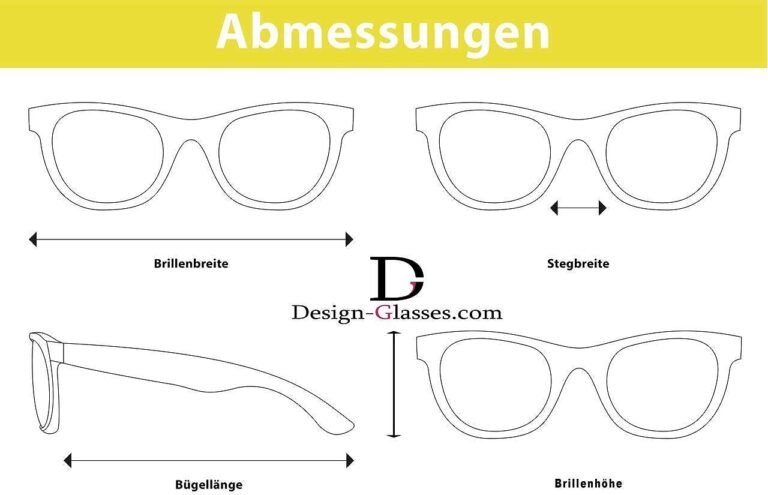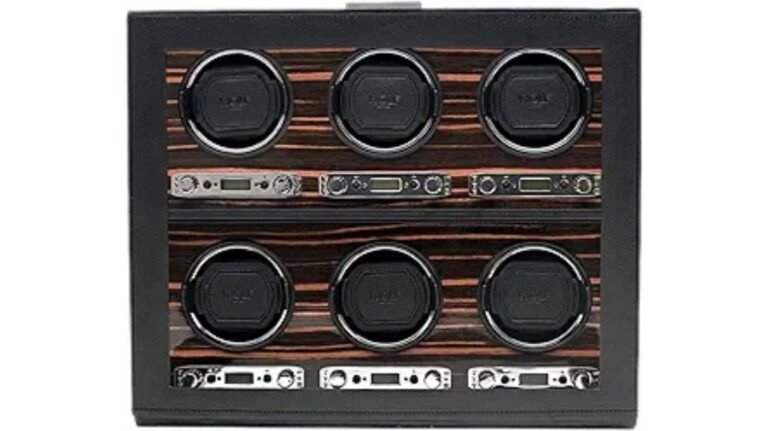Selecting the Perfect Engagement Ring: A Comprehensive Guide
Ready to embark on the exciting journey of selecting the perfect engagement ring? Look no further!
In this comprehensive guide, we’ll take you through everything you need to know. From understanding the Four C’s of Diamonds to exploring different ring styles and factors to consider when choosing a setting.
We’ll even help you budget for the perfect ring and provide tips for finding the right ring size.
Get ready to find the ring that will make your heart skip a beat.
Key Takeaways
- The Four C’s of diamonds (cut, color, clarity, and carat weight) determine the quality of a diamond.
- Different engagement ring styles include classic solitaire, halo, vintage-inspired, and alternative styles.
- Consider personal style, practicality, and gemstone choice when choosing a setting for an engagement ring.
- When budgeting for an engagement ring, prioritize the Four C’s, explore alternative gemstones, and consider simpler settings or smaller diamonds.
Understanding the Four C’s of Diamonds
You should always start by understanding the Four C’s of diamonds when selecting the perfect engagement ring. The Four C’s refer to diamond quality factors that are universally recognized and used to assess the value of a diamond. These factors include diamond grading, which involves evaluating the diamond’s cut, color, clarity, and carat weight.
Diamond quality is determined by these four characteristics. The cut of a diamond refers to its proportions and how well it interacts with light, ultimately affecting its brilliance and sparkle. Color is graded on a scale from D (colorless) to Z (light yellow or brown), with the most desirable diamonds being colorless or near colorless. Clarity evaluates the presence of internal or external flaws, known as inclusions and blemishes, respectively. The fewer visible flaws a diamond has, the higher its clarity grade. Lastly, carat weight measures the size of the diamond, with larger diamonds typically being more valuable.
Understanding these diamond grading factors is crucial because they directly impact the diamond’s beauty and value. By familiarizing yourself with the Four C’s, you can make an informed decision when choosing an engagement ring that meets your preferences and budget.
Exploring Different Engagement Ring Styles
When it comes to exploring different engagement ring styles, it’s important to consider your personal taste and preferences. One of the key decisions you’ll need to make is choosing the gemstone for your ring. While diamonds have long been the traditional choice for engagement rings, other gemstones are gaining popularity.
Sapphires, with their stunning blue hues, are a popular alternative and symbolize loyalty and fidelity. Rubies, known for their vibrant red color, are also becoming increasingly popular. Emeralds, with their rich green color, are a unique and stunning choice for those seeking something different.
In addition to choosing the gemstone, there are also various engagement ring styles to consider. Classic solitaire rings, with a single gemstone set on a simple band, are timeless and elegant. Halo rings, where a center stone is surrounded by smaller diamonds or gemstones, add extra sparkle and create a dazzling effect. Vintage-inspired rings, with intricate detailing and unique designs, are perfect for those who appreciate a touch of nostalgia. For those looking for something truly unique, there are alternative styles such as nature-inspired rings or non-traditional shapes like pear, marquise, or heart-shaped stones.
Ultimately, the choice of engagement ring style is a personal one. It should reflect your individuality and the love you share. Take your time to explore the different options and choose a ring that speaks to your heart.
Factors to Consider When Choosing a Setting
When it comes to selecting the perfect engagement ring setting, it’s important to consider both your personal style and the practicality of the setting. The setting plays a crucial role in highlighting the beauty of the gemstone and ensuring its security. There are different types of metal settings to choose from, each with its own unique characteristics and advantages.
One popular metal setting is platinum, known for its durability and luxurious appeal. It’s hypoallergenic and has a bright, white color that complements any gemstone. Another option is gold, which comes in various colors such as yellow, white, and rose. Gold is a classic choice that offers versatility and a warm, romantic look.
In addition to the metal setting, the gemstone choice is equally important. Diamonds are the most popular gemstone for engagement rings, valued for their brilliance and durability. However, there are also other gemstone options available, such as sapphires, rubies, and emeralds. These gemstones can add a pop of color and personal touch to the ring.
Consider your personal style and lifestyle when choosing a setting. If you lead an active lifestyle, a low-profile setting may be more practical, as it reduces the risk of the gemstone getting caught on objects. On the other hand, if you prefer a more elaborate and ornate style, a high-profile setting with intricate details may be more suitable.
Ultimately, the perfect engagement ring setting is one that complements your personal style, showcases the beauty of the gemstone, and ensures the ring’s longevity. Take the time to explore different options and consult with a jeweler to find the setting that best suits your preferences and lifestyle.
Budgeting for the Perfect Ring
To ensure you stay within your budget, it’s important to carefully consider the cost of the perfect engagement ring. Setting priorities and exploring alternative gemstone options can help you find a ring that’s both beautiful and affordable.
Here are some tips to help you budget for the perfect ring:
-
Determine your budget: Start by setting a budget that you’re comfortable with. Consider your financial situation and decide how much you’re willing to spend on the ring.
-
Prioritize the 4 C’s: When it comes to diamonds, the 4 C’s – carat weight, cut, color, and clarity – significantly affect the price. Prioritize these factors based on what matters most to you and allocate your budget accordingly.
-
Explore alternative gemstones: While diamonds are the traditional choice for engagement rings, there are many other gemstones that are equally stunning and more affordable. Consider options like sapphires, emeralds, or morganites to find a unique and budget-friendly ring.
-
Consider ring settings: The setting of the ring can also impact the overall cost. Opting for a simpler setting or a smaller diamond can help you stay within your budget while still having a beautiful ring.
Tips for Finding the Right Ring Size
Before you start shopping for an engagement ring, take the time to measure your partner’s ring size so you can find the perfect fit. Finding the right ring size can be a bit tricky, but with a few measuring techniques, you’ll be able to get it right.
One of the easiest ways to measure ring size is to borrow a ring that your partner wears on the ring finger of their left hand. Take this ring to a jeweler and have them measure the inside diameter. This will give you a good estimate of their ring size.
If you can’t borrow a ring, you can try to measure their finger directly. You can use a ring sizer, which is a small tool that slides onto the finger and gives you the size measurement. Alternatively, you can use a piece of string or paper to wrap around their finger, mark the spot where the string or paper overlaps, and then measure the length.
If you end up purchasing a ring that doesn’t fit perfectly, don’t worry. Most jewelers offer resizing options. However, it’s important to note that not all rings can be resized, especially if they’ve intricate designs or gemstones. So, it’s always best to try and get the size as accurate as possible before making a purchase.
Conclusion
In conclusion, choosing the perfect engagement ring requires careful consideration of the Four C’s of diamonds, exploring different styles, considering the setting, and budgeting accordingly.
Finding the right ring size is also crucial.
For example, let’s say Sarah wanted a classic solitaire diamond ring with a platinum band.
By following the comprehensive guide provided, Sarah was able to find a stunning ring that perfectly symbolized her love and commitment.
With the right knowledge and guidance, anyone can find their dream engagement ring.



